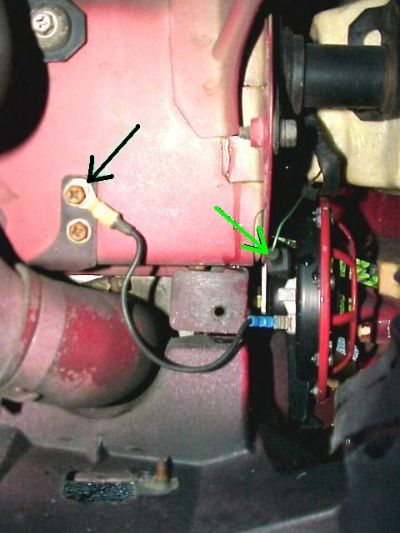
The stock horn on a z32 is probably the most embarrassing, anemic, and underdeveloped part on the entire car. Horns are first and foremost a safety device, to be used sparingly. When used properly, horns can prevent accidents. This would assume of course that other drivers would actually be able to HEAR your horn, which I found was often NOT the case with the stock z32 horn.
I bought my Hellas from Griot's Garage. Similar horns can be bought for much cheaper, but I've had experience with cheaper horns going bad from rain and vibration. Plus, Griot's supplies all the extra wire and connectors needed. Still, I've heard others swear by their cheap aftermarket air horns from places such as Harbor Freight.
 The construction on these horns is top-notch. The casings are metal not plastic. The fasteners around the rim are bolted, not rivets. My horns were assembled in West Germany. The last package I saw said "Made in India." The construction on these horns is top-notch. The casings are metal not plastic. The fasteners around the rim are bolted, not rivets. My horns were assembled in West Germany. The last package I saw said "Made in India."
Having the front fascia off makes installation of these horns much easier, but I installed mine with the fascia in place and just the nose panel removed. The nose panel is the smaller rectangular piece between the headlights. I used the same location as the stock horns. I remember at one point that I had to do a "reach around," with one arm through the nose panel hole, and the other arm wrapping around underneath the front fascia at the same time, lolam.
 This is the driver's side horn. The stock power wire from the OEM horn hooks right up without any splicing, shown by the green arrow. I connected a separate ground wire to each horn, as shown by the black arrow. This is the driver's side horn. The stock power wire from the OEM horn hooks right up without any splicing, shown by the green arrow. I connected a separate ground wire to each horn, as shown by the black arrow.
The instructions called for a common ground wire connecting the two new horns. I didn't want a wire running the across the length of my front fascia. Also, I felt each horn having its own ground wire was a "cleaner" install.
The quality of the ground connections is important. The chassis is painted and if the horns don't seem to work at first, ninety percent of the time it will be due to a faulty ground. Scrape the paint off the metal under the ground connection.
 I was very happy with the look of these electric red horns on my red Z. I was very happy with the look of these electric red horns on my red Z.
Air horns are much louder, but can literally cause hearing damage to someone standing too close to the front of your car. These Hellas are plenty loud enough for me. I'm able to clear all the traffic I need with these babies ;c)
 The driver's side horn is tucked behind the fascia a little more than the passenger side, but this horn is still plenty loud. The driver's side horn is tucked behind the fascia a little more than the passenger side, but this horn is still plenty loud.
| 


